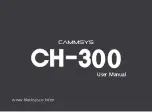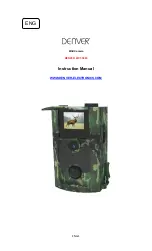
V1.02
Thom Hogan’s Complete Guide to the Nikon D300
Page 298
ISO General
Recommendation
High ISO NR
Other Settings
LO values
Avoid if high
contrast situation
or highlights
important
Not applicable
Any
200
Optimal ISO value
to use; use freely
Not applicable
Any
400
Very close to ISO
200; use freely
Not applicable
Any
800
Very usable with
slight loss of
dynamic range and
very mild noise;
don’t avoid using
Off
or
Low
Any (though
consider lower
sharpening)
1600
Some loss of
dynamic range and
visible noise
Low
No sharpening,
if possible
3200
Visible loss of
dynamic range,
very visible noise;
use sparingly
Normal
No sharpening,
if possible;
avoid high JPEG
compression
HI values
Use only if
unavoidable; very
visible impairments
Normal
or
High
No sharpening;
avoid high JPEG
compression
Additional ISO-related suggestions:
•
Large prints require lower ISO.
If you’re going to use an
image for printing large prints (13x19 inches or bigger),
use only ISO values 200 through 800, if you can.
•
Conversely, small prints allow higher ISO.
If your work is
to be used at small print sizes (5x7 inches or smaller), you
can probably work at up to ISO 1600 (and even 3200)
with relative impunity. I routinely get good looking ISO
3200 prints off my 4x6” PictBridge printer with only
modest noise reduction or other adjustments. Still, the
higher the ISO value you use, the more likely you’ll spend
significant time performing image correction, especially as
you go up in print size.
















































